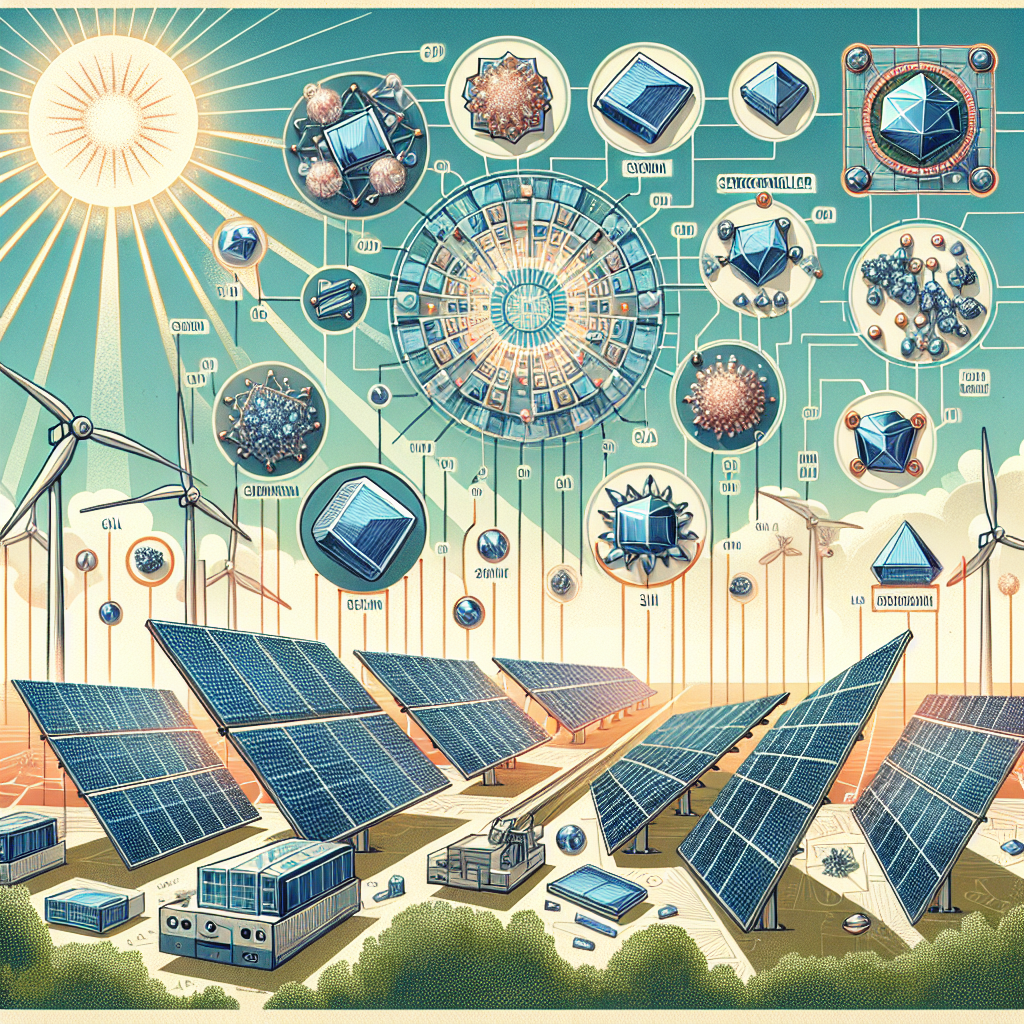Semiconductors play a crucial role in the development and implementation of renewable energy technologies. These tiny but powerful electronic components are essential for converting sunlight, wind, and other sources of renewable energy into usable electricity. As the world continues to shift towards cleaner and more sustainable energy sources, the importance of semiconductors in this transition cannot be overstated.
One of the most common uses of semiconductors in renewable energy technologies is in solar panels. Solar panels consist of photovoltaic cells, which are made up of semiconductor materials such as silicon. When sunlight hits these cells, the semiconductors within them absorb the light and convert it into electricity. This process, known as the photovoltaic effect, allows solar panels to generate clean and renewable energy that can be used to power homes, businesses, and even entire cities.
Semiconductors are also essential in wind turbines, which harness the power of the wind to generate electricity. The control systems of wind turbines rely on semiconductors to regulate the flow of electricity, optimize energy production, and ensure the safe operation of the turbine. Without semiconductors, wind turbines would not be able to efficiently convert wind energy into usable electricity.
In addition to solar and wind power, semiconductors are also used in other renewable energy technologies such as geothermal power plants and hydroelectric dams. In geothermal power plants, semiconductors help to regulate the flow of heat from the Earth’s core to generate electricity. In hydroelectric dams, semiconductors are used in the control systems that manage the flow of water to produce electricity.
The importance of semiconductors in renewable energy technologies extends beyond their role in generating electricity. Semiconductors are also used in energy storage systems, such as batteries and capacitors, which are essential for storing excess energy generated by renewable sources. These energy storage systems help to ensure a stable and reliable supply of electricity, even when the sun is not shining or the wind is not blowing.
As the world faces the challenges of climate change and pollution, the transition to renewable energy technologies has never been more critical. Semiconductors are at the heart of this transition, enabling the efficient conversion of renewable energy sources into clean electricity. By investing in the development and advancement of semiconductor technology, we can accelerate the adoption of renewable energy technologies and move closer to a more sustainable and environmentally friendly future.


Leave a Reply